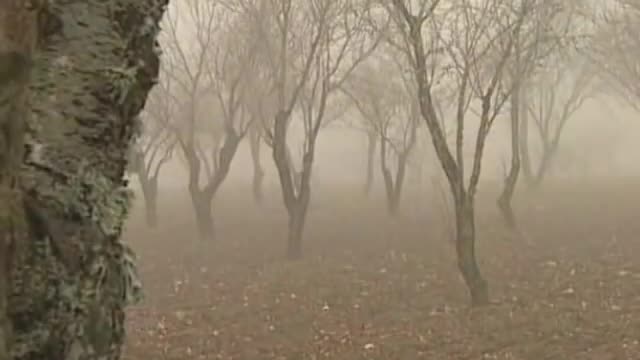Premium Only Content

Liebre cazada por red
Live rabbit trapping is one of the most effective methods of rabbit control, especially during colder months when repellents are less effective, or in areas of low rabbit density. Below, Havahart® provides step-by-step instructions teaching you how to trap a rabbit along with expert tips to help you along the way.
Rabbits will rarely cross a long stretch of open land, so avoid placing your trap in an area that would require rabbits to venture into vulnerable territory. If you locate a rabbit's warren or den, place your trap a few feet away from the entrance.
If you believe your animal is on the smaller side and may not weigh enough to trip the trigger, you can place a small weight or rock on the trigger pan.
Make sure to obey your local animal control laws when using a live rabbit trap.
Do not keep a trapped wild rabbit as a pet. Wild rabbits can carry diseases transferrable to humans and other pets and should not be domesticated.
Always wear gloves when handling a live trap - even when it’s empty. Gloves will not only protect you from a trapped animal but also prevent your scent from transferring onto the trap, making animals less wary of entering.
When positioning your trap, be sure to do so on a flat, level surface. Place a weight or brick on top of the trap to prevent other animals from tipping the trap over to access the bait.
A shiny, new trap can produce a glare that might be off-putting to rabbits and other animals. Reduce this glare by camouflaging your trap with twigs and leaves or rubbing dirt on it. Do not to let any camouflaging material get in the way of the trigger and close mechanism
Pour some apple cider into a spray bottle, and spray it thoroughly on the inside of your trap. The apple scent will serve two purposes: luring rabbits into the cage and covering up any human scent that may deter rabbits from entering.
Even in the urban garden Rabbits are a real problem. Many people dislike the thought of shooting or it may not be practical if close to houses so a live trap is a good alternative.
In this instructable I will show how to make a simple and cheap live trap.
The rabbit's nasal cavity lies dorsal to the oral cavity, and the two compartments are separated by the hard and soft palate. The nasal cavity itself is separated into a left and right side by a cartilage barrier, and it is covered in fine hairs that trap dust before it can enter the respiratory tract. As the rabbit breathes, air flows in through the nostrils along the alar folds. From there, the air moves into the nasal cavity, also known as the nasopharynx, down through the trachea, through the larynx, and into the lungs.
-
 17:20
17:20
Cortes do Bruno Giglio
2 years agoCAIO CASTRO CANC3LADO POR MANDAR A RED
1 -
 3:19
3:19
Cortes do Bruno Giglio
2 years agoÉ Por Isso Que Você Deve ACORDAR Pra RED
1 -
 5:23
5:23
HamzaAhmed97
2 years agoRED RED RED RED WHITE
2 -
 6:01
6:01
Cortes do Bruno Giglio
2 years agoÉ Por Isso Que VOCÊ Deve Acordar Pra RED
1 -
 6:02
6:02
Cortes do Bruno Giglio
2 years agoÉ Por Isso Que Todo Homem Deve Ser Red
4 -
 6:50
6:50
Zezaoredpill
2 years agoALGUMAS RED PILL POR AI. #redpill #mgtow
23 -
 9:19
9:19
Cortes do Bruno Giglio
2 years agoÉ Por Isso Que As Mulheres Deveriam Conhecer a Red
3 -
 8:16
8:16
Politics, Permaculture and Food
2 years agoRed Moon Red Wave
36 -
 0:49
0:49
CharmoUwu
2 years ago🤯 ASH VS RED EN ESTE JUEGO DE POKÉMON HECHO POR FANS #shorts
4 -
 8:00:07
8:00:07
SpartakusLIVE
11 hours ago#1 Shadow BANNED Hero
32K